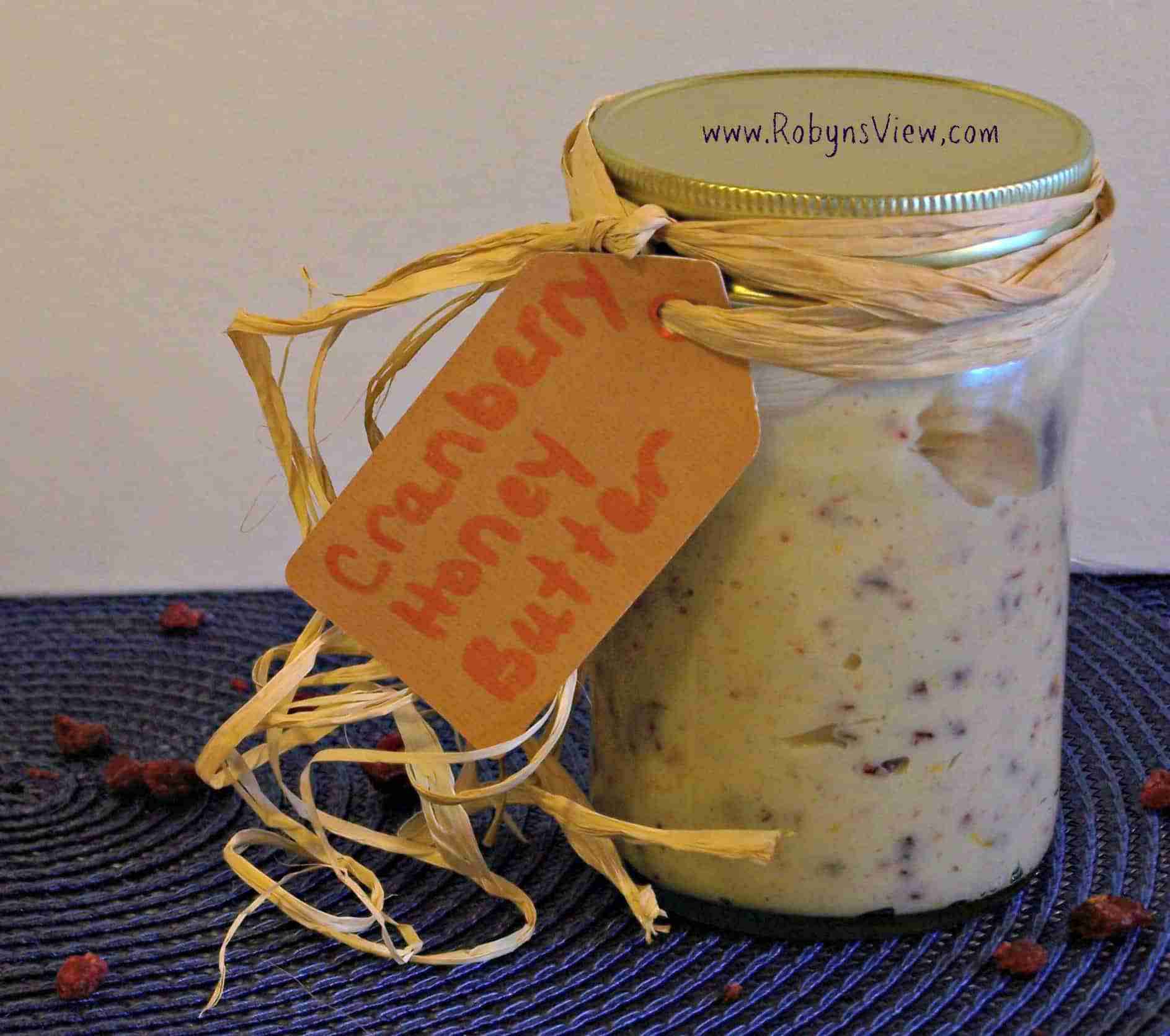 Deer are habitual travelers that follow the same pathways season to season. As deer browse, they snack on what’s available. Unprotected leaves, buds, twigs and bark on woody plants, flowers, vegetables or whatever is handy.
Deer are habitual travelers that follow the same pathways season to season. As deer browse, they snack on what’s available. Unprotected leaves, buds, twigs and bark on woody plants, flowers, vegetables or whatever is handy.
Here are some tips to help discourage these meandering mammals.
Repellents
There are many types of home and commercial repellents available, but the effectiveness relies on three things: number of deer, scarcity of food and the weather.
Repellents work by emitting unfavorable odors or taste. These items offer about a 3-foot radius of protection for about six weeks or until rains. Try hanging bar soap or applying human and animal hair, bloodmeal, animal urine or egg-based products.
Fencing
Before fencing determine your property needs and budget versus plant value. Is it practical to fence in your entire yard or just your prized plants? Remember that any fencing needs to be at least 8-feet high or angled away from plants. Fencing has its drawbacks. Aesthetically it can be unsightly or destroy your view. Electrified fences need constant baiting and monitoring.
Simple woven wire fences set at an angle discourage deer by making it tough to get over or through the fencing. But angled fencing uses a lot of space.
Plants
Another option is to try incorporating deer-resistant plants into your landscape. The plants on this list were complied from University research and compared against a survey of Pocono Master Gardeners on effectiveness.
Trees in the families of Beech, Birch, Pine and Spruce offer many varieties of choice in color, size and texture. The black and white bark of the Paper Birch for example, can add interesting contrast to an otherwise brown and green backdrop.
Ornamental grasses such as Fountain Grass, Blue Fescue, Maiden Grass and Pampas Grass provide depth and all season appeal.
Herbs like basil, chives, dill, mint, oregano, rosemary and thyme emit natural repelling scents.
Don’t give up on flowers just yet. Ageratum, California Poppy, Cosmos, Four-O’Clocks, Flowering Tobacco, Garden Phlox, Heather, Lantana, Larkspur, Lavender, Nasturtium, Purple Coneflower, Snapdragon, Statice, Verbena and Veronica are the most resistant but Butterfly Weed, Marigold, Peony, and Threadleaf Coreopsis are additions worth trying.
Bulbs and tubers include Amaryllis, Canna, Dahlia, Daffodils, Iris and Lily-of-the-Valley.
Remember nothing is deer-proof. But we could all use a little help from nature in our garden.
Recipes, Crafts, & Travel
Recipes, Crafts, & Travel






